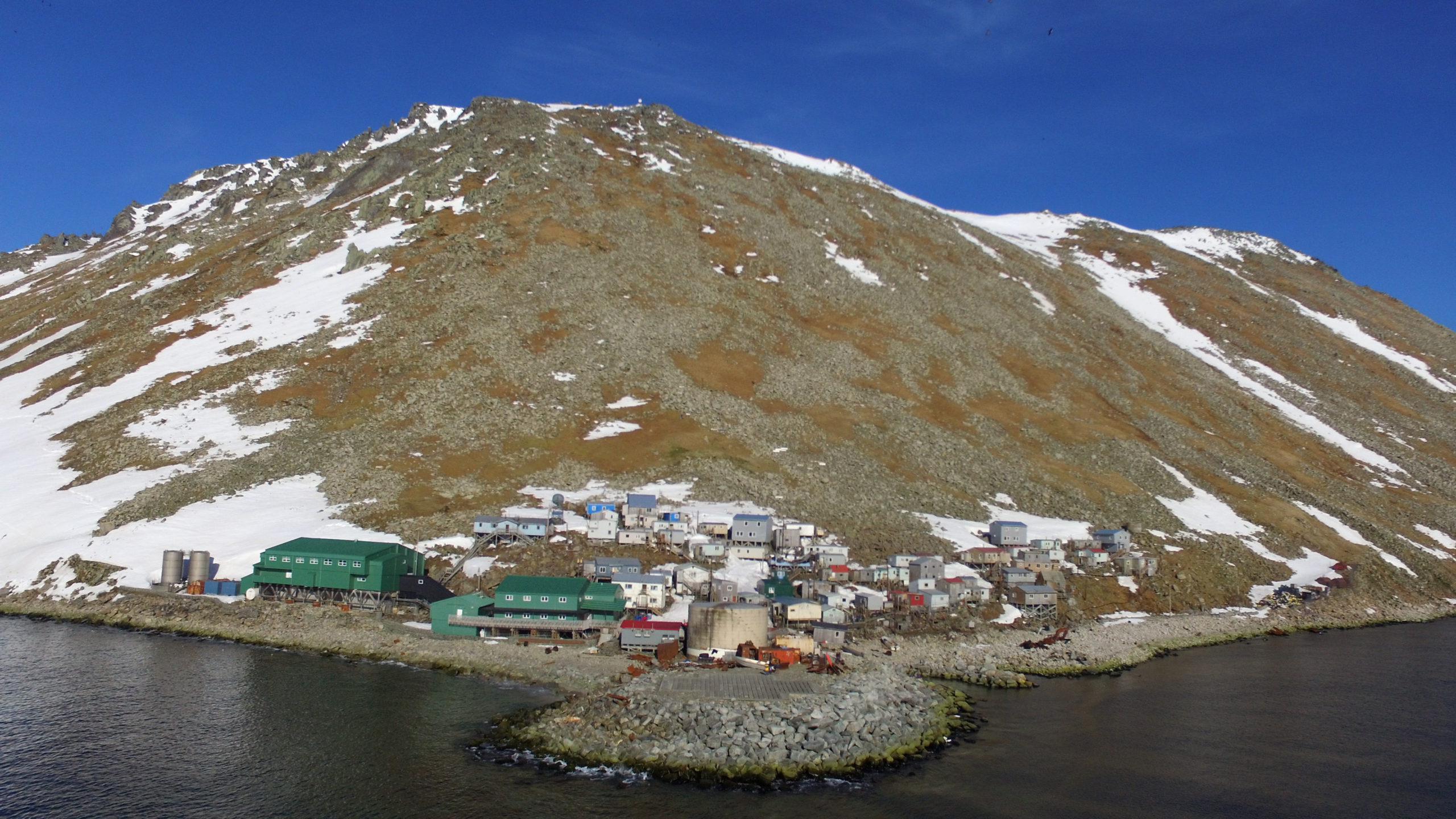Leading in the Arctic begins at home
As it seeks to regain America’s international status as a leader in the Arctic, the Biden administration must not neglect Alaska.

Editor’s note: This op-ed is part of a series offering Arctic policy recommendations to the incoming administration of President-elect Joe Biden. Follow our social media channels (Facebook, Twitter) or subscribe to our daily newsletter to be the first to read new installments.
Earlier in this series, former Ambassador David Balton rightfully urged Joe Biden to reclaim a leadership role for the U.S. in the Arctic by strengthening the country’s involvement in international cooperation when he assumed the presidency. Yet I would argue that the road to renewed respect and moral authority in Arctic governance equally starts at home — and specifically, in Alaska.
Biden must endeavor to put America’s house back in order in the Arctic right away. This will mark a reverse course from the scorched-earth path blitzed by his predecessor, Donald Trump. From his first day in office in 2016, Trump set out to dismantle the accomplishments both big and small of his forerunner, former President Barack Obama, by undoing legislation that was helping to make the American Arctic healthier, cleaner, and fairer.
Mere months after coming into office, for instance, Trump revoked Obama’s 2016 executive order establishing a “Northern Bering Sea Climate Resilience Area,” which had briefly represented an important step towards fostering tribal co-management in the American Arctic. By reversing Trump’s revocation and restoring that measure on his first day in office, Biden took a good first step toward regaining U.S. leadership in the region.
In an era in which optics matter more than ever, Biden has already demonstrated an awareness of signaling a commitment to diversity that extends to the Arctic. On the day the former Delaware senator claimed victory, he released a celebratory video that included Americans from sea to shining sea to frozen sea. Among the many people featured was an Iñupiaq dancer from Kotzebue, the same community where Obama became the first sitting U.S. president to visit the Arctic.
Then, turning images into action, Biden nominated for the first time ever a Native American to fill the role of Secretary of the Interior, Debb Haaland. This represents an important corrective step for a department that for decades pursued discriminatory and repressive policies towards Native Americans and Alaska Natives.
Yet Biden will also have to recognize that being a leader in the Arctic means recognizing the many ways of life and ways of knowing in the region. For instance, not everyone in Alaska — and indeed, not even all Alaska Natives — oppose drilling in the Arctic National Wildlife Refuge and offshore Alaska. While many liberals in the Lower 48 view these as absolute no-go zones, the debate in Alaska is significantly more nuanced. The only way to ensure that the full diversity of perspectives on drilling in ANWR and elsewhere in the U.S. Arctic are considered is by holding community consultations and hearings with all affected communities. Perhaps Biden could consider replicating the Mackenzie Valley Pipeline Inquiry held in Canada in 1975, the “flying circus” still lauded as a model of how to meaningfully consult residents of remote, largely Indigenous communities on the socioeconomic and environmental impacts of development.
Should Biden wish to draw attention to even bigger issues, he could consider holding an inquiry on climate change in Alaska’s Arctic that would spotlight the changes that the region’s residents are experiencing, both good and bad, for both the nation and world to see.
Lastly, Biden could demonstrate leadership in the Arctic and on climate change more broadly by traveling to America’s Arctic himself, thereby becoming only the second-ever sitting president (after Obama) to do so. Yet rather than visit Kotzebue, he could visit somewhere like Little Diomede — the point of American land closest to Russia — to advance hope for continued cooperation with the Arctic’s largest country.
Biden could also send his newly confirmed Secretary of State Antony Blinken to Greenland, where America seeks a renewed presence. This would also build directly on the Arctic Education Alliance, a new partnership between universities and research organizations in the U.S. and Greenland launched by the State Department in December 2020 that supports and funds vocational training on the world’s largest island in industries including sustainable tourism, mining, and fisheries.
America has always had the capability for reinvention, perhaps nowhere more than on its most distant edges. Alaska is known for being the country’s “Last Frontier” – a term that, on the one hand, involves deeply exclusionary practices both past and present. At the same time, in its more hopeful sense, the word connotes the possibility to transcend existing limits. Following this latter interpretation, Alaska offers an opportunity for Biden to lay out a vision of “big tent frontier.” By championing an America that embraces rather than rejects its diversity and which seeks to understand rather than deny it, the country would show that it is up to the task of leading in the Arctic and on the world stage, starting in its own northern backyard. If we are to reach out from Alaska across borders and boundaries to build a more inclusive circumpolar north, we might look to the words of Inupiaq American poet Joan Naviyuk Kane (whose work I first encountered thanks to geographer Jen Rose Smith). Kane’s poem, “Exceeding Beringia,” concludes:
“Let us lose our grief
in great rafts as we translate the renamed
straits. Our limbs, like yours, are burnt
and broken. Let us at last make noise
of this truth as we return together
to wear another furrow, to make portage,
to make our land our home anew.”
Mia Bennett is an assistant professor in the Department of Geography at the University of Hong Kong.
The views expressed here are the writer’s and are not necessarily endorsed by ArcticToday, which welcomes a broad range of viewpoints. To submit a piece for consideration, email commentary (at) arctictoday.com.